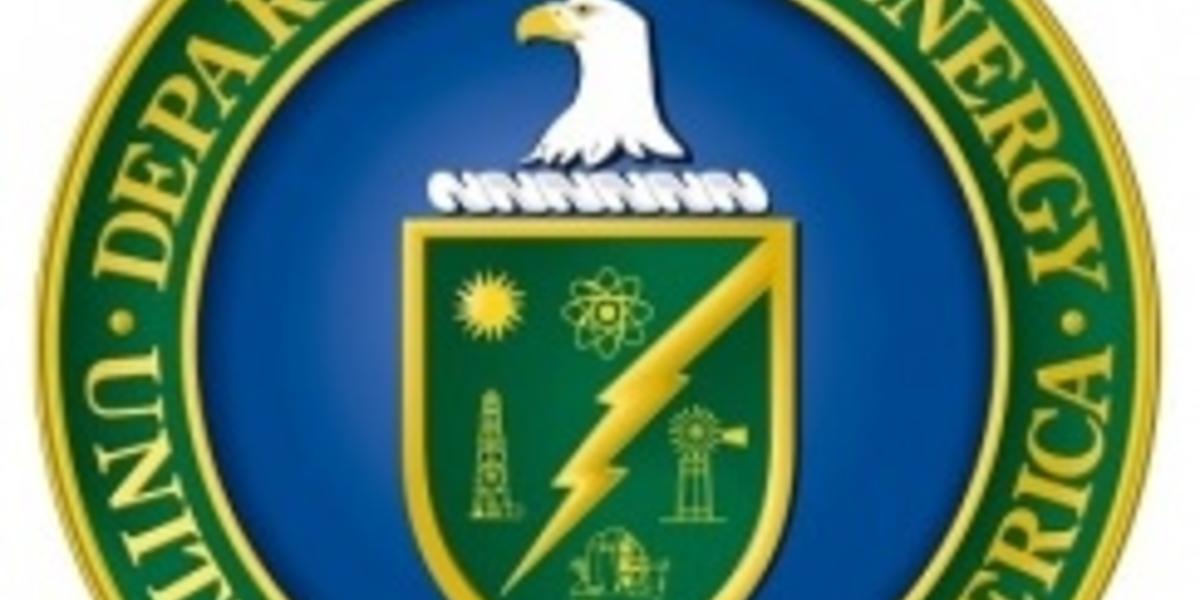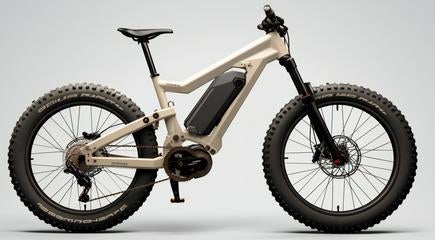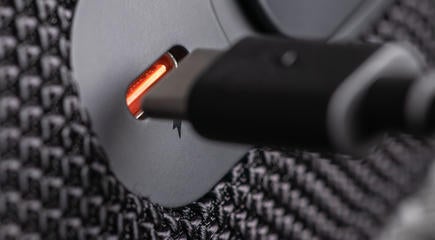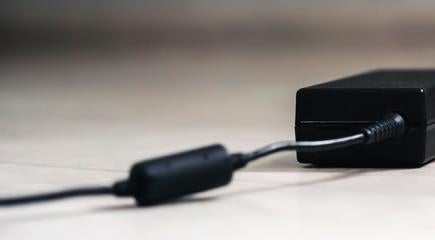DOE Reviews Energy Conservation Standards for External Power Supplies

The U.S. Department of Energy (DOE) is examining current energy conservation standards for External Power Supplies (EPS). As defined in the Code of Federal Regulations (CFR), an “external power supply” is an external power supply circuit that is used to convert household electric current into DC current or lower-voltage AC current to operate a consumer product. In 2014, the DOE published the Level VI efficiency standard, which has been in effect in the U.S. since 2016. The Energy Policy and Conservation Act mandates that the DOE must review these standards at least once every six years, publish a decision on whether to amend them, and propose new standards as appropriate.
As such, on May 20, the DOE published a request for information (RFI) related to EPS energy conservation standards. According to the announcement, the “DOE seeks comment on whether there have been sufficient technological or market changes since the most recent standards update that may justify a new rulemaking to consider more stringent standards.” With much advancement in power conversion technologies, amended standards for EPSs could result in significant energy savings while remaining economically viable. In the spirit of harmonizing standards across the world, moreover, the DOE is also analysing the EU’s Code of Conduct v5’s Tier 2 standards to assess whether more stringent efficiency standards in the U.S. are appropriate for EPSs. Accordingly, the DOE welcomes data for both active-mode and no-load mode for all EPSs subject to the Level VI standards.
The DOE will accept comments, data, and information regarding this RFI until July 6, 2020. Interested persons may submit comments identified by docket number EERE-2020-BT-STD-0006, by email (EPS2020STD006@ee.doe.gov), Federal eRulemaking portal (http://www.regulations.gov), postal mail, or hand delivery/courier.





